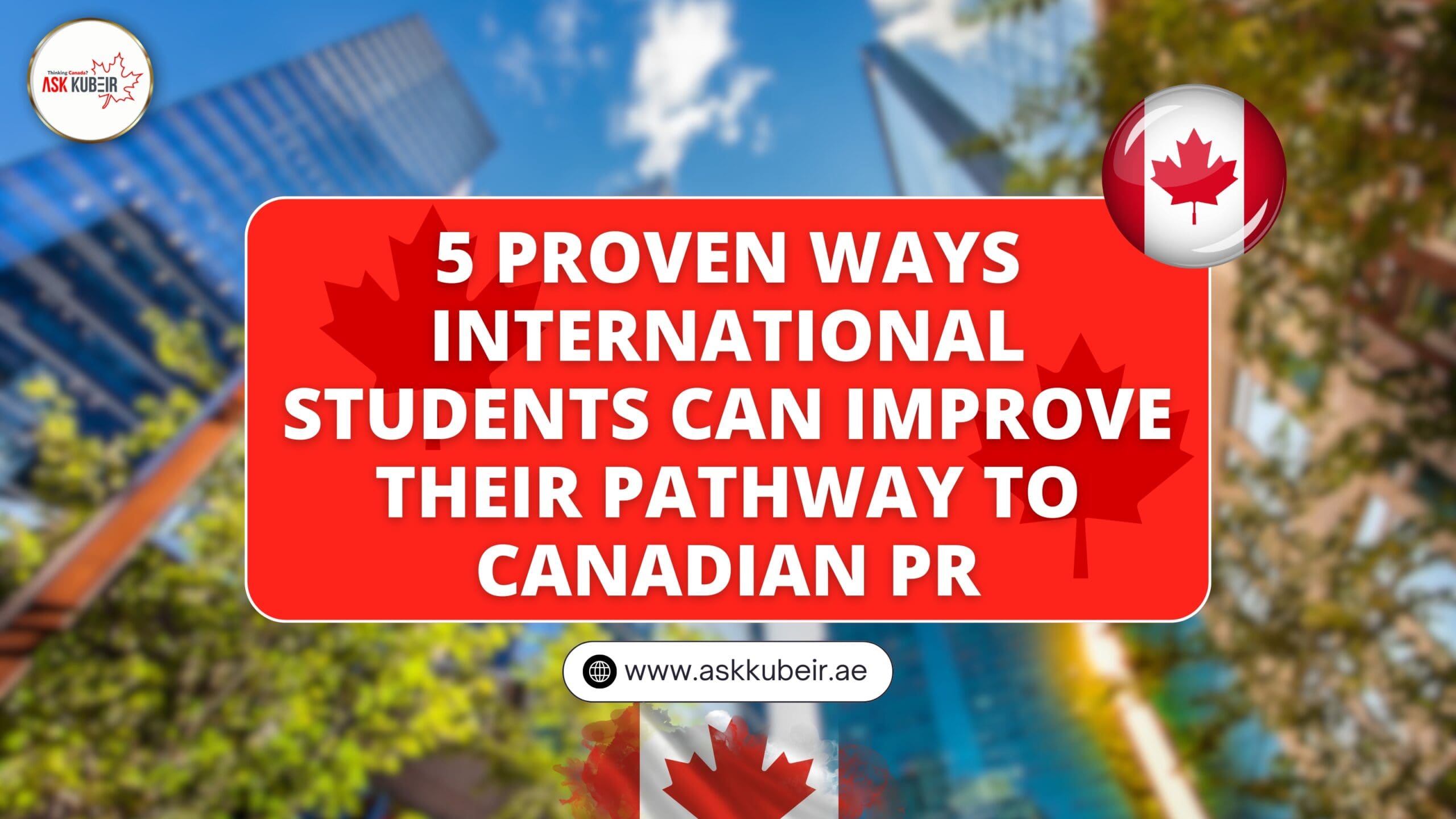
Canada is a global hotspot for international students, renowned for its exceptional education, diverse culture, and promising career opportunities. Beyond academics, Canada offers a unique advantage: a clear pathway from studying to becoming a permanent resident (PR). This guide breaks down actionable strategies for international students to make this transition seamlessly.
1. Stay Updated on Immigration Policies
Canada’s immigration policies evolve regularly to address economic demands and labor shortages. Staying informed is critical for students aiming to maximize their chances of securing PR.
Key Areas to Monitor:
- Post-Graduation Work Permit (PGWP): Ensure your program qualifies for a PGWP. Programs at private institutions using curriculum licensing agreements may not be eligible.
- Express Entry Changes: Watch for category-based draws targeting in-demand fields such as healthcare, STEM, and trades.
Pro Tip:
Subscribe to government updates through Immigration, Refugees, and Citizenship Canada (IRCC) newsletters to keep abreast of any policy changes.
2. Study in High-Demand Fields
The Canadian labor market heavily influences immigration priorities, making your field of study a crucial factor. Opting for a program aligned with high-demand occupations can significantly boost your PR prospects.
Fields to Consider:
- Healthcare: Nursing, pharmacy, and medical technology.
- STEM: Data science, artificial intelligence, and engineering.
- Trades: Electricians, plumbers, and welders.
Future-Proof Your Career:
Stay ahead of the curve by reviewing labor market trends and aligning your career with future demands.
3. Leverage Provincial Nominee Programs (PNPs)
PNPs are tailored pathways that align with specific provincial needs, offering an excellent alternative to Express Entry.
PNP Options:
- Enhanced Nominations: Secure 600 extra CRS points by gaining a nomination through Express Entry.
- Base Nominations: Apply directly to a province’s PNP stream, such as those for international graduates or sector-specific skilled workers.
Top Picks:
Explore Ontario’s Human Capital Priorities Stream or British Columbia’s International Post-Graduate Category to tap into lucrative opportunities.
4. Boost Your Language Skills
Language proficiency in English or French is a cornerstone of a strong PR application.
Tips for Higher Scores:
- Focus on CLB 9 or Higher: Retake language tests like IELTS or CELPIP to achieve top scores.
- Learn French: Achieve NCLC Level 7 to unlock additional CRS points and qualify for French-speaking draws.
Resources:
Use platforms like Duolingo or Alliance Française for structured language training.
5. Validate and Upgrade Your Education
Educational credentials significantly influence your immigration profile.
Steps to Take:
- Credential Validation: Have foreign degrees assessed by agencies like WES.
- Canadian Education Advantage: Gain extra CRS points by studying at Designated Learning Institutions (DLIs).
Bonus Tip:
Opt for programs with co-op placements or internships to secure valuable Canadian work experience.
6. Gain Canadian Work Experience
Work experience in Canada plays a pivotal role in improving your CRS score and eligibility for PR.
Work Permits to Consider:
- Post-Graduation Work Permit (PGWP): Leverage this to gain skilled work experience aligned with NOC categories 0, A, or B.
- Bridging Open Work Permits (BOWPs): Apply for this if your PGWP is expiring while awaiting PR results.
Networking is Key:
Use LinkedIn and local job fairs to connect with employers in your field.
7. Strengthen Your CRS Profile
A competitive Comprehensive Ranking System (CRS) score is vital for Express Entry success.
Score Enhancement Strategies:
- Gain points through Canadian education and work experience.
- Obtain a valid job offer with an LMIA.
- Secure provincial nominations for an additional 600 points.
Maintain Your Profile:
Update your Express Entry profile regularly with certifications, achievements, and new skills to stay competitive.
Final Thoughts
Achieving Canadian PR as an international student requires careful planning, informed decisions, and proactive steps. By aligning your education and career with Canada’s evolving immigration priorities, you can create a robust Express Entry profile that stands out. Leverage provincial opportunities, enhance your language skills, and gain Canadian work experience to transform your dream of PR into reality.
Your Pathway to PR: A Simple Breakdown
Here’s a snapshot of your journey from a study permit to PR:
Here’s the equivalent process in table format:
| Stage | Description | Next Step |
|---|---|---|
| Study Permit | Initial permit for international students to study in Canada. | Leads to Post-Graduation Work Permit (PGWP). |
| Post-Graduation Work Permit | Allows graduates to gain Canadian work experience. | Leads to Canadian Work Experience or Provincial Nominee Program (PNP). |
| Canadian Work Experience | Skilled work experience in Canada gained under PGWP. | Enhances Express Entry profile. |
| Express Entry | Points-based immigration system for skilled workers. | Leads to Permanent Residency (PR). |
| Provincial Nominee Program | Nomination from a Canadian province or territory. | Leads to Permanent Residency (PR). |
| Permanent Residency | Allows individuals to live and work permanently in Canada. | Final goal in the pathway. |
Pursue this rewarding journey with confidence, knowing that every step brings you closer to a brighter future in Canada!
Let us help you turn your career goals into reality and start your new chapter in Canada with confidence!
CONTACT US!
📞 Call us: 04 526 4646
📲 WhatsApp: wa.me/971529693030
🌐 Website: www.askkubeir.ae





